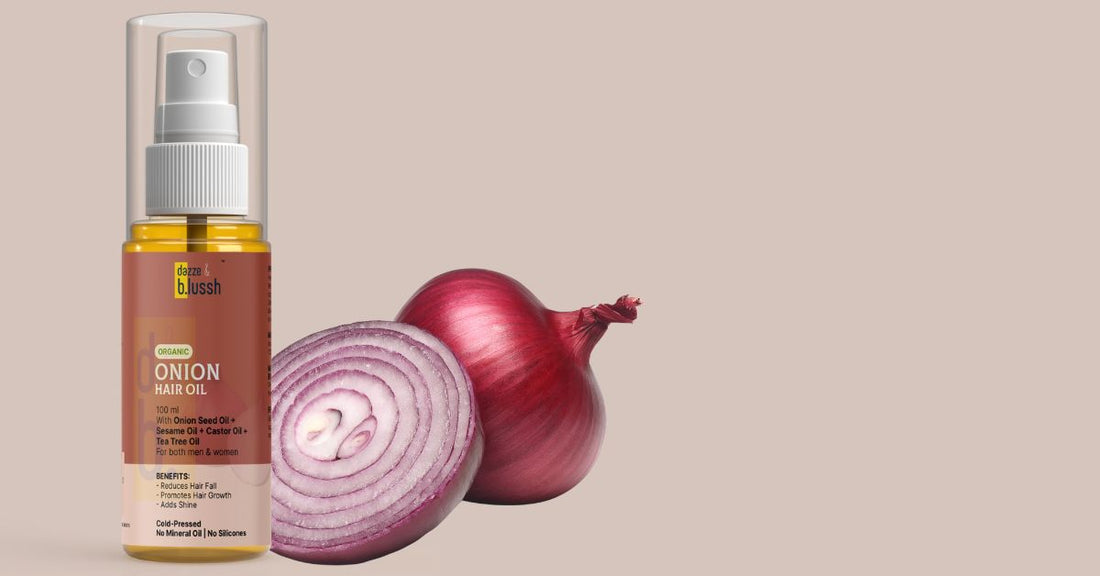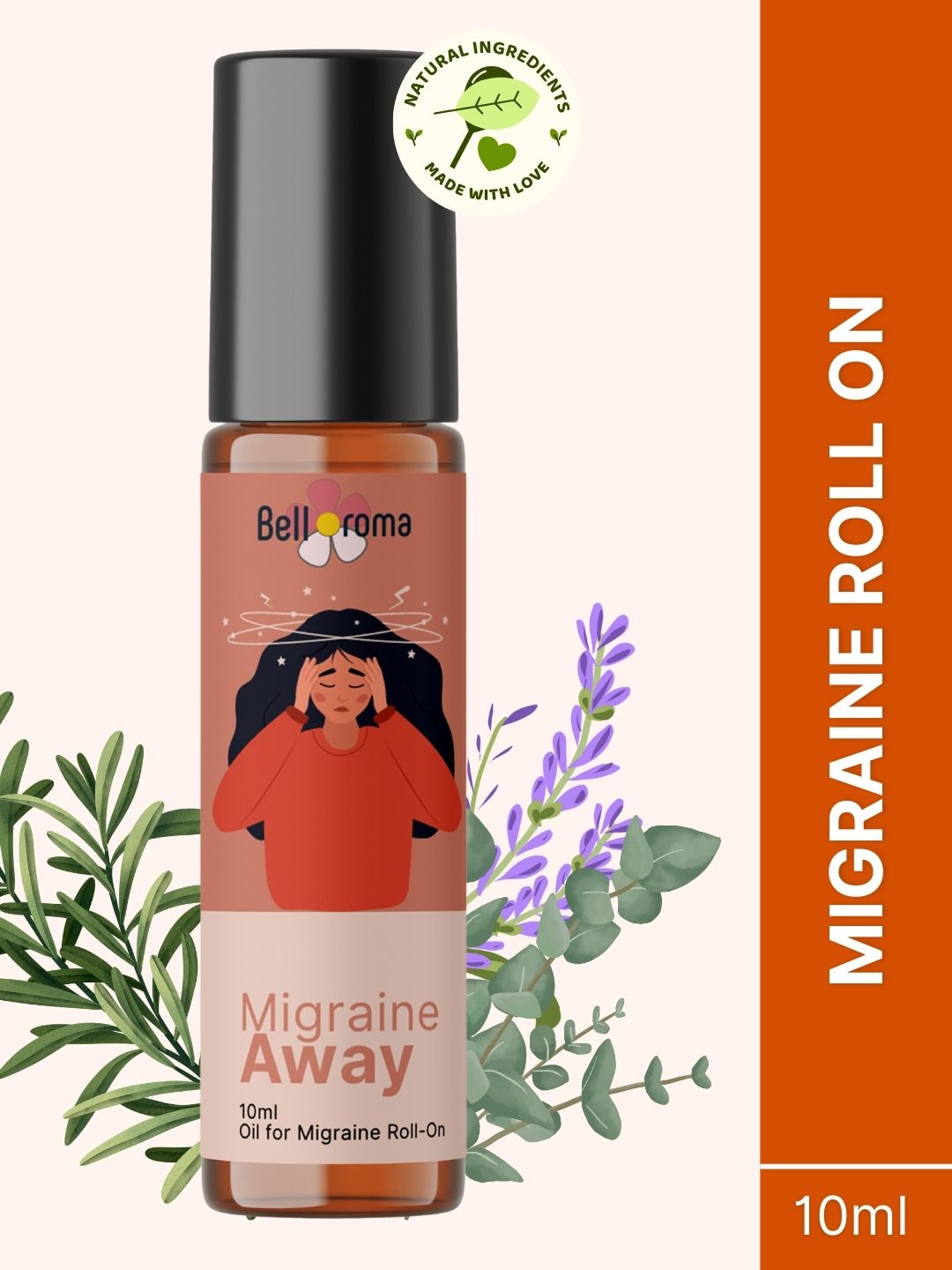Headaches can be incredibly disruptive, impacting your daily life and overall well-being. Fortunately, many individuals are turning to natural headache relief methods instead of reaching for over-the-counter medications. These remedies are not only effective but also healthy alternatives that can be implemented at home. Discover some tried-and-true natural headache remedies that can help alleviate your pain and enhance your quality of life.
Understanding Headaches and Their Triggers
What Causes Headaches?
Headaches can occur for a multitude of reasons, including stress, dehydration, lack of sleep, and poor posture. They can also be triggered by environmental factors such as bright lights, strong scents, or loud noises. Knowing what triggers your headaches is essential to finding effective relief. Keeping a headache diary can help you identify patterns and potential triggers.
Types of Headaches
There are several types of headaches, including tension headaches, migraines, cluster headaches, and sinus headaches. Each type has unique symptoms and causes. Tension headaches typically feel like a tight band around your head, while migraines often present with severe, throbbing pain, often accompanied by nausea and sensitivity to light. Understanding the type of headache you are experiencing can assist in selecting the most effective natural remedy.
Stay Hydrated
The Importance of Water
Dehydration is a common trigger for headaches. When your body lacks sufficient water, it can lead to tension and discomfort. To combat this, aim to drink at least eight 8-ounce glasses of water per day, or more if you're active or in hot weather. Incorporating hydrating foods such as fruits and vegetables into your diet can also help maintain hydration levels.
Tips for Staying Hydrated
Consider carrying a reusable water bottle to encourage regular drinking throughout the day. You might also want to set reminders on your phone to help you remember to hydrate, especially if you find that you often forget. Infusing water with fruits like lemon or cucumber can add a refreshing flavor, making it even more enjoyable to drink.
Try a Cold Compress
How Cold Therapy Works
A cold compress can provide relief for headaches by constricting blood vessels and reducing inflammation. Applying a cold pack to your forehead or the back of your neck for 15-20 minutes can help relieve pain effectively. This technique is particularly beneficial for migraines or tension headaches.
Preparing a Cold Compress
To create a cold compress, you can use ice wrapped in a towel or a bag of frozen peas. If ice feels too uncomfortable directly on your skin, a warm, damp towel placed in the freezer for a few minutes can also do the trick. Just ensure that anything you apply is wrapped in a cloth to protect your skin from frostbite.
Utilize Essential Oils
Peppermint and Lavender Oil
Essential oils have gained popularity for their therapeutic benefits, and both peppermint and lavender oils have proven effective in alleviating headache symptoms. Peppermint oil can stimulate blood flow while providing a cooling sensation. Lavender oil is renowned for its calming properties, helping to relieve stress and tension.
How to Use Essential Oils
To apply essential oils, dilute a few drops in a carrier oil, such as coconut or almond oil, and gently massage it onto your temples, neck, or the back of your head. Alternatively, you can inhale the essence directly from the bottle or use a diffuser. The aromatic qualities of these oils can also create a serene environment, enhancing your relaxation process.
Practice Relaxation Techniques
The Role of Stress Management
High stress levels are a common trigger for headaches. Engaging in relaxation techniques, such as deep breathing exercises, meditation, and yoga, can significantly alleviate stress and reduce the frequency of headaches. Making time each day, even just 10-15 minutes, for relaxation can have a powerful impact on your overall well-being.
Simple Relaxation Exercises
- Deep Breathing: Inhale deeply for a count of four, hold for four, then exhale for four.
- Progressive Relaxation: Tense and relax each muscle group systematically, starting with your toes and moving up to your head.
- Guided Imagery: Close your eyes and visualize a peaceful scene, such as a beach or a forest.
Conclusion
Utilizing natural headache relief methods can be an effective way to manage your symptoms and regain control over your life. Hydration, cold compresses, essential oils, and relaxation techniques work together to create a comprehensive approach to headache management. Remember, it’s essential to pay attention to your body and its signals. If headaches persist or worsen, consult a healthcare professional to explore further treatment options. Embracing a holistic approach not only addresses the pain but can also enhance your overall wellness.
Frequently Asked Questions (FAQ)
1. Can dehydration cause headaches?
Yes, dehydration is a common trigger for headaches. Maintaining proper hydration can help prevent headaches from occurring.
2. How often can I use a cold compress for headaches?
You can apply a cold compress as often as needed, but limit each session to 15-20 minutes to avoid frostbite.
3. Are essential oils safe for everyone?
Essential oils are generally safe, but some individuals may have sensitivities. Always perform a patch test before full application.
4. What is the best relaxation technique for headache relief?
Strategies such as deep breathing, progressive relaxation, and meditation are beneficial for reducing headache frequency and severity.
5. Where can I find natural headache relief products?
For instance, consider trying Migraine Away Roll On for Quick Headache & Migraine Relief, an easy-to-use remedy for on-the-spot relief.





